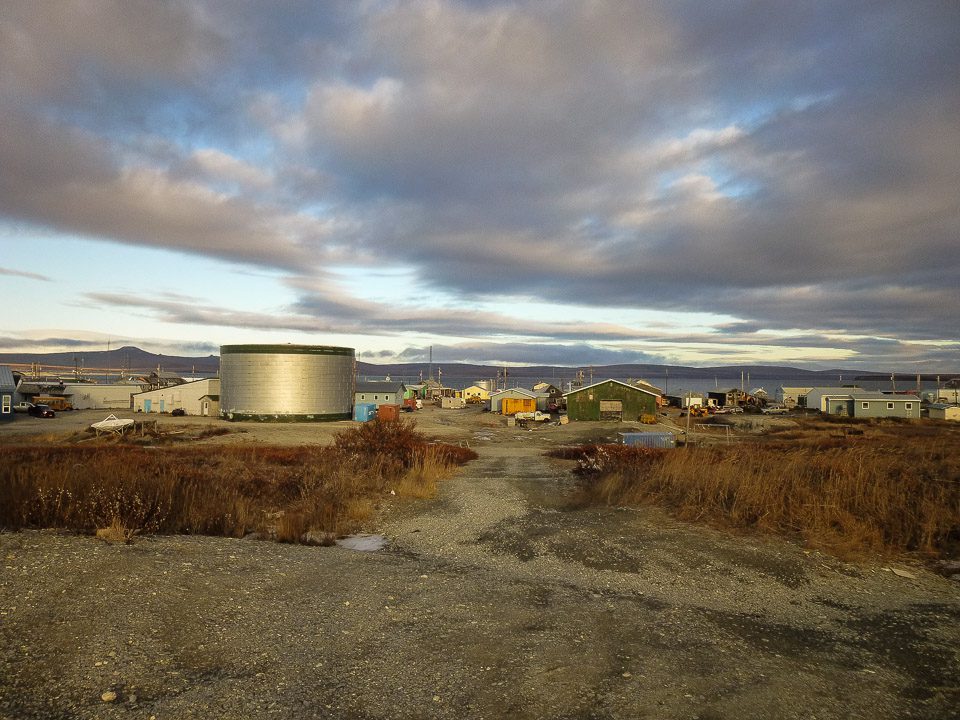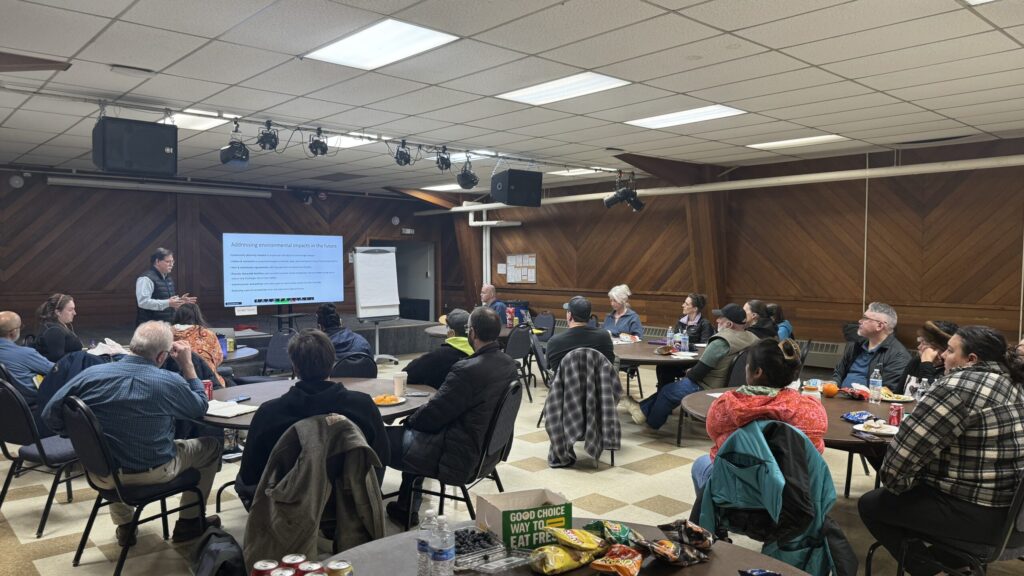Opportunities to build up Arctic infrastructure are advancing with a bill introduced this week in both the U.S. House and Senate that aims to transfer land near a natural deep water port on the Seward Peninsula to state and regional shareholders.
Point Spencer is a spit of land on the western edge of the Seward Peninsula, near the natural harbor of Port Clarence, about 120 nautical miles northwest of Nome. A Coast Guard-operated navigation facility at the point shuttered in 2010, and since then, efforts have been underway to transfer that land to the Bering Straits Native Corporation (as a concession under the Alaska Native Claims Settlement Act), with the Coast Guard and the State of Alaska maintaining small footholds for future expansion.
The bill is being sponsored by Rep. Don Young, who sponsored a similar bill last year in the house. This year Sen. Lisa Murkowski is advocating a companion bill. Young said the goal of the legislation is to open the area up for development, but he insists it won’t conflict with similar deep-water port efforts in Nome announced in February.
“This does not affect the Nome potential, that is being studied by the [U.S. Army] Corps of Engineers,” Young said from his Washington, D.C. office Tuesday. “This just gives it to the native corporation to, in fact, have a potential port with a private-public involvement.”
New in this year’s version of the bill is a conveyance map assigning fewer than 300 acres to the Coast Guard and the state, with the vast majority—more than 2,000 acres, including an airstrip—allotted to BSNC.
Those potential partnerships are what Bering Straits Native Corporation spokesperson Matt Ganley said would be at the heart of any development that might occur at the site. Last summer BSNC completed an economic feasibility study for a port facility at Point Spencer, finding that any seaport would need to rely on an economic backbone other than international shipping; long-range freighters simply won’t need to stop in western Alaska.
At a projected cost of about $5 million annually, Ganley said any Point Spencer development could support oil and gas exploration in Arctic waters, act as the staging ground for oil spill response efforts in the region, and become an outlet for mining and other resource extraction in the Arctic.
Young said the first step is to transfer the lands to allow those partnerships to flourish. Though he’s agnostic as to how the point would ultimately be used, he said the opportunities for a port work well with Alaska’s other natural resources.
“I’m looking down 100 years from now, I see the whole Arctic opening up to mineral resource development and an ability to shop product to around the world is going to be very needed,” Young said. “I want to develop a job corps based resource industry in the Arctic.”
Ganley said locals in the neighboring communities of Brevig Mission and Teller, to the east of Point Spencer, have expressed support for potential jobs and industry should Point Spencer be developed, while also voicing concerns over potential impacts to subsistence resources. Like previous versions of the bill, however, the legislation has provisions for archeological and cultural artifacts in the area, but it does not mention subsistence.







